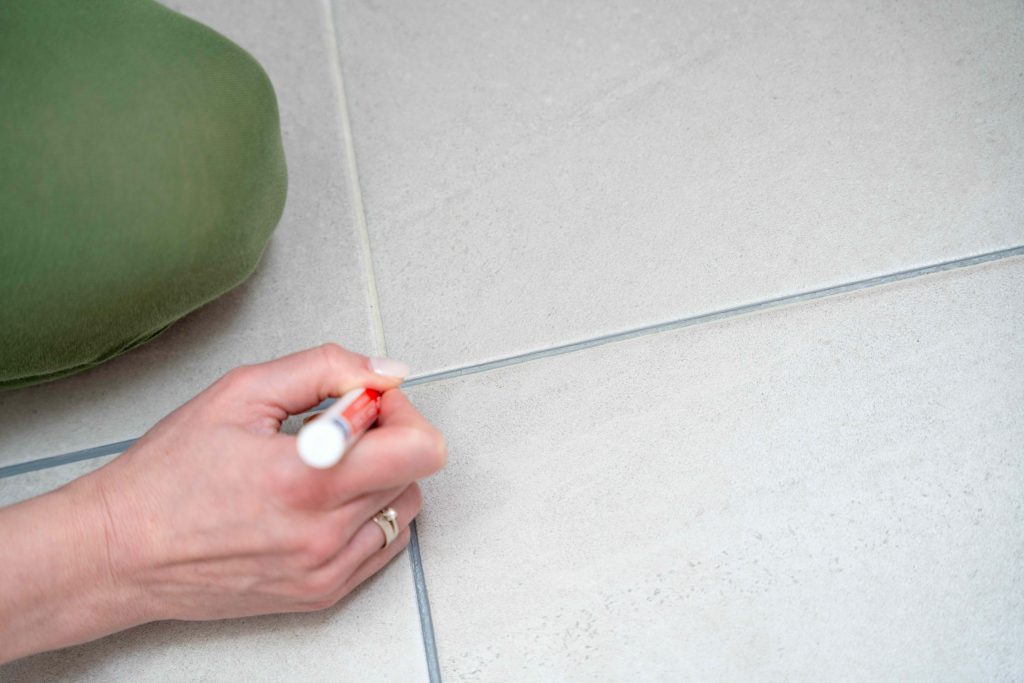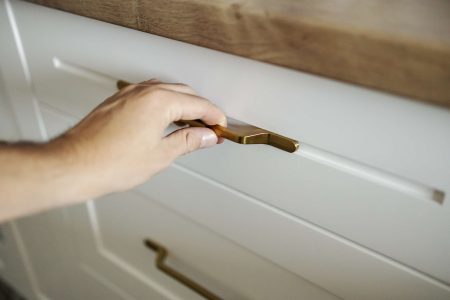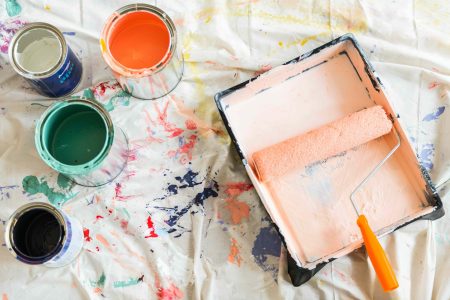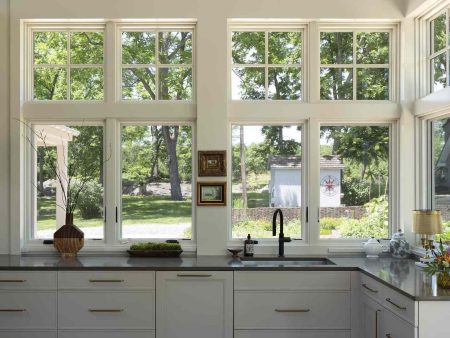Key Points
- Viral DIY home repair hacks often don’t work and can even worsen the problem.
- DIY shortcuts use weak or incompatible materials that aren’t up to rigorous use.
- Experts recommend using proper materials to ensure durable and safe repairs.
Home DIY hacks flood the world of social media and streaming videos. But can you really fix a wall with toothpaste or repair tile with a hot glue gun?
To settle the issue, we asked three experienced home contractors to weigh in on clever home DIYs that are a waste of time.
Meet the Expert
- Danny Niemela is a home remodeler and contractor at ArDan Construction.
- Geremey Engle is a professional home inspector and the owner of Ellingwood Pro.
- Dustin Wince is the Director of Preconstruction at BOLT Builders.
Making Faux Wood Beams Out of Foam
Exposed wood beams create a traditional, dignified look in homes with high ceilings. But real exposed wood beams are difficult and expensive to make and install.
Some homeowners create decorative wood beams from foam boards.
“Foam boards are light and easy to use, but they can become a fire hazard, and they eventually disintegrate over time,” says Dustin Wince, of BOLT Builders.
Instead, purchase faux wood beams, advises Wince. Perfectly sized for drywall ceilings, they resemble real wood. Plus, many faux beams are made of Class A fire-rated polyurethane.
Want more home reno project tips and inspiration? Sign up for our free daily newsletter for the latest how-tos, reno guides, and more!
Don’t Miss
Filling Tile Seams With Caulk
To replace missing or chipped grout, many homeowners use caulk. Caulk is easy to use—simply squirt it out of a tube.
“Besides repelling moisture, caulk’s chief benefit is that it flexes,” says Geremey Engle, owner of Ellingwood Pro. “But with enough cleaning and usage, caulk breaks down.”
Fill tile seams with tile grout. No mixing is required when you purchase pre-mixed grout. After removing the old tile grout, apply new grout with a rubber float.
Creating Fake Marble With Paint
Painting countertops to resemble marble is often considered an easier and less expensive alternative to countertop replacement. But this home DIY hack only works in the short term.
“Painted countertops are likely to chip or peel, especially in kitchens. Countertop materials are heat-, water-, and scratch-resistant, and paint isn’t up to the job,” Wince says.
Use a countertop epoxy kit instead of conventional paint. Epoxy kits are food-safe and water-resistant. While never as durable as replacement counters, epoxy is still far more durable than paint.
Refreshing Grout With Paint
Staining tile grout to change its color is a popular DIY hack that helps you avoid the mess of removing old grout. But Danny Niemela, a contractor at ArDan Construction, says that the process baffles him.
“Using colorant may look like you have refreshed the grout, but that line fades, smears, or wears off quickly in high-traffic areas,” he says.
The best solution is to clean the grout by steaming it. Or scrape out the grout and regrout it with a sanded grout mixture.
Fixing Holes With Soap or Toothpaste
Most houses have holes or cracks in the walls. It’s inevitable if you have children or pets. Even daily life is enough to damage walls.
A classic hack is to fill the holes and cracks with bar soap or toothpaste.
“These materials crumble, shrink, or flake after the surface is bumped or exposed to humidity,” Niemela says. “Paint won’t adhere to it, and any touch-up paint will simply peel off.”
Wince’s advice is to purchase spackle or a small tub of drywall compound and fill the holes and cracks with that.
Painting Wallpaper to Revive Walls
A popular cure for dirty or faded wallpaper is to paint it. Engle says that this home DIY can result in serious problems.
“Moisture in the paint loosens the glue, bubbles the paper, and makes a much bigger mess down the line,” he says.
Instead, remove wallpaper using a steamer, commercial wallpaper remover, or DIY liquid remover.
Create a liquid remover by mixing three parts water and one part fabric softener. Apply the solution with a spray bottle and let it soak in. Finish by gently scraping off the wallpaper with a plastic paint scraper.
Fixing Loose Tiles With Hot Glue
When tile loosens, one apparently clever home DIY is to reapply it with a hot glue gun. But this is a bad solution on many levels, says Niemela.
“Hot glue fails when exposed to moisture and heat, so it will come off as soon as the shower steams up or traffic on the floor increases,” he says. Once water seeps behind the tile, more tiles loosen, and mold begins to grow.
Apply loose tiles with their original material, thinset mortar. Available pre-mixed in tubs, thinset is the standard material for applying—and reapplying—tile to walls or floors.
Read the full article here









